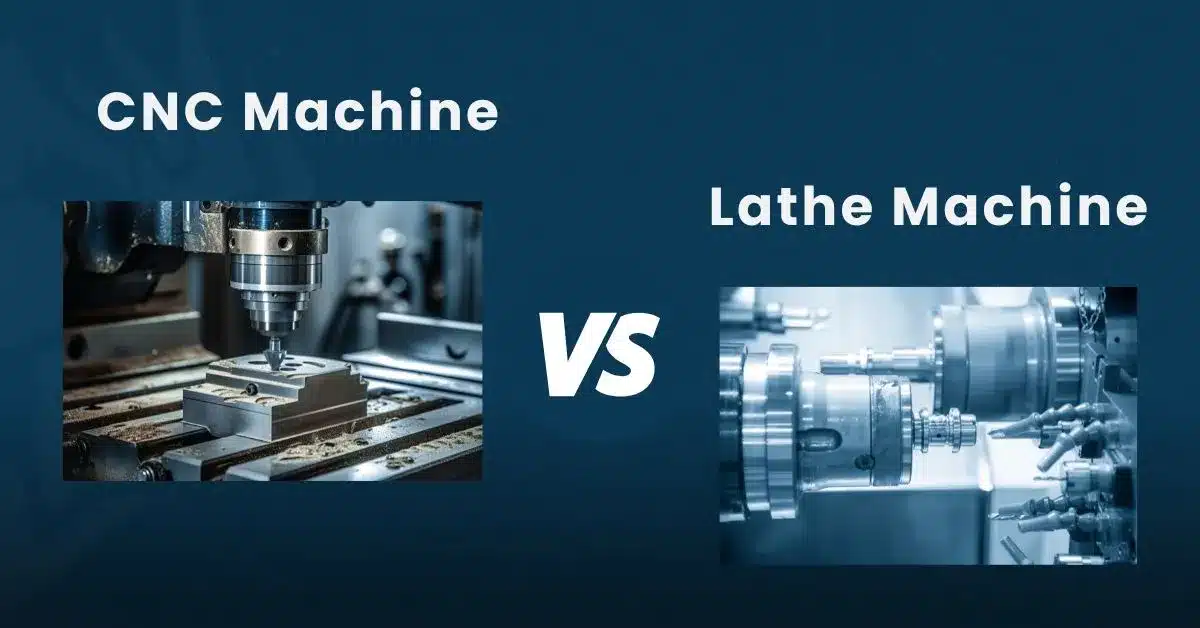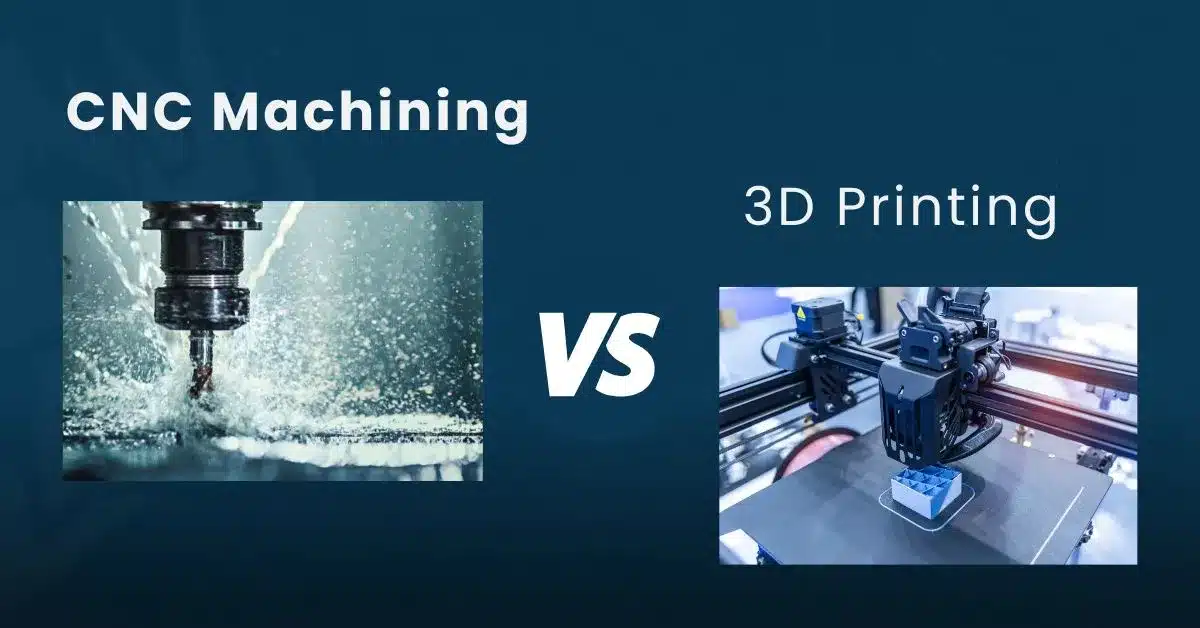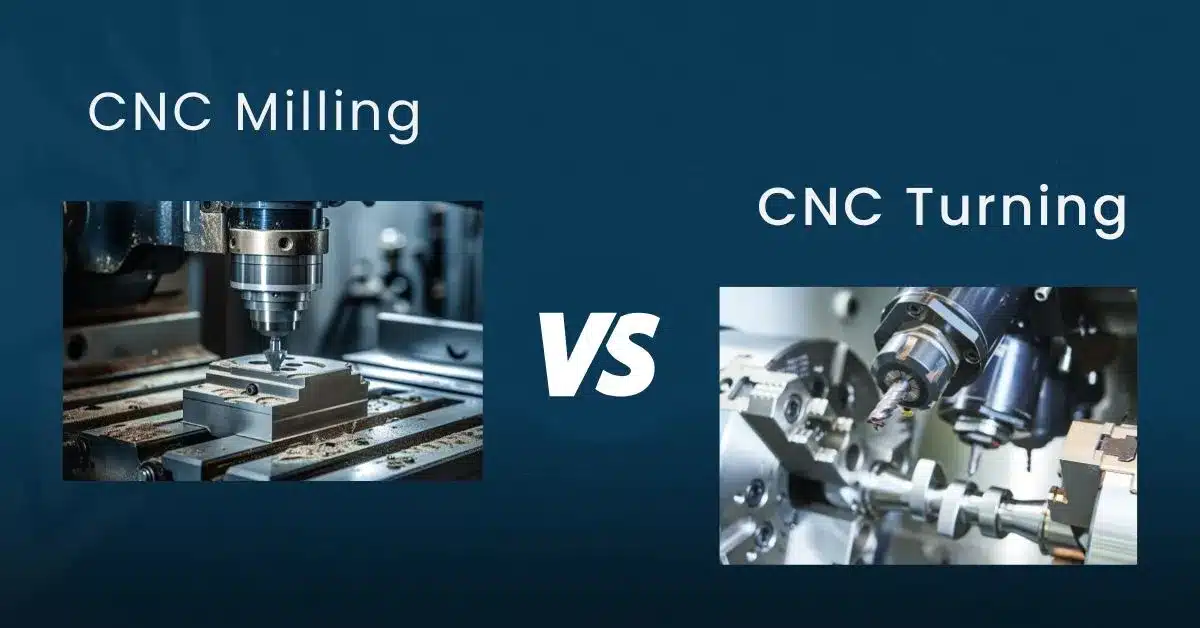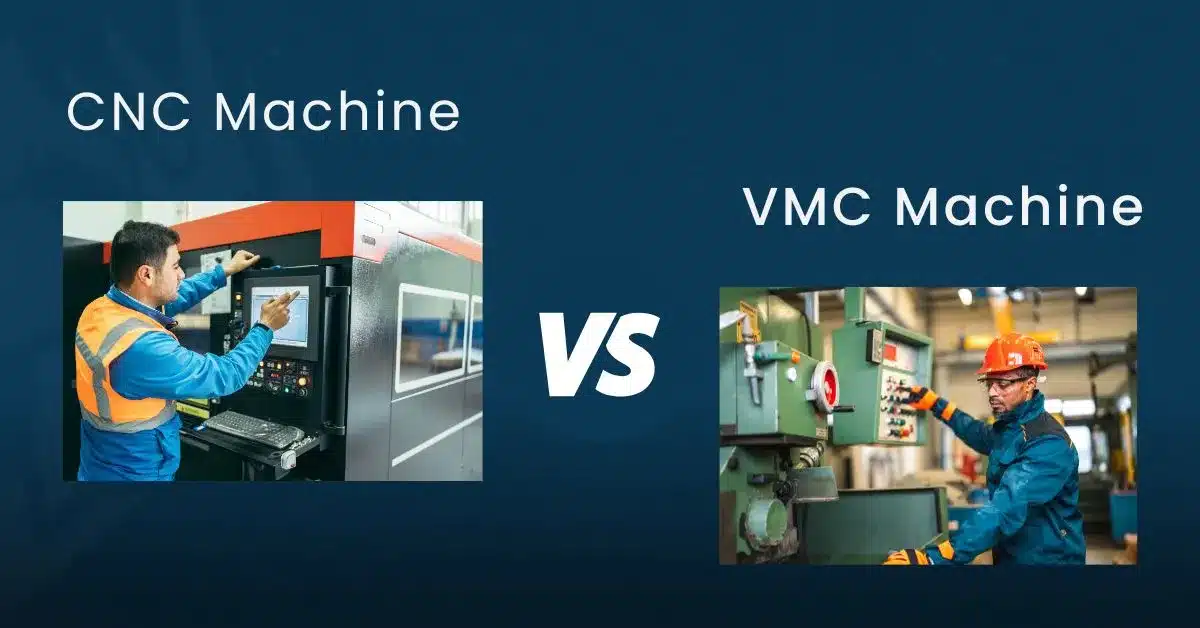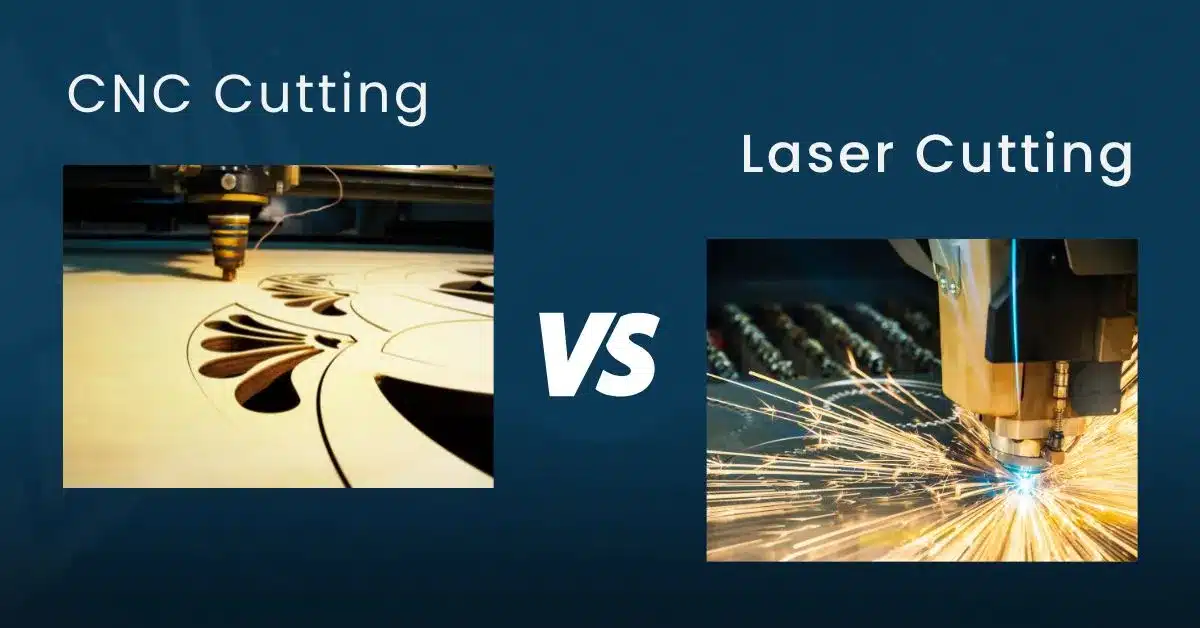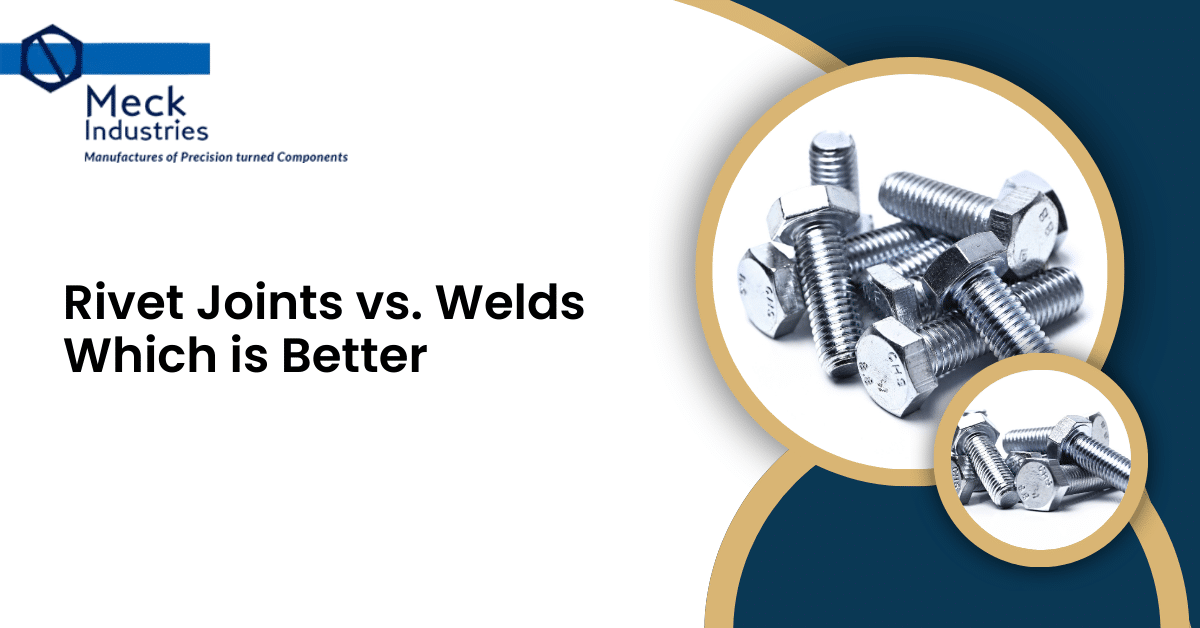Compare different types of precision turned components to find the best fit for your industrial needs. Learn how quality and material impact performance. A well-informed comparison helps industries choose components that enhance efficiency and durability. Explore key factors like material strength, machining accuracy, and application suitability to make the right decision for your business.
In modern manufacturing, machining processes play a crucial role in shaping raw materials into precise components. Two commonly used machines for this purpose are CNC (Computer Numerical Control) machines and traditional lathe machines. While both are used for cutting, shaping,…
Manufacturing technologies have advanced significantly over the years, and CNC machining and 3D printing stand out as two of the most prominent methods. Each technology has unique strengths and applications, making it essential to understand their differences to choose the…
In the world of precision manufacturing, CNC (Computer Numerical Control) machining plays a vital role. Two of the most commonly used machining processes are CNC milling and CNC turning. Although both processes remove material from a workpiece to shape it,…
In the world of modern manufacturing, two terms that often come up are CNC Machines and VMC Machines. These machines have revolutionized industries by automating the process of creating precise parts and products. But what exactly is the difference between…
When it comes to precision manufacturing, two technologies dominate the conversation: CNC cutting and laser cutting. Both offer remarkable accuracy and efficiency for shaping materials, but they function differently, providing unique advantages depending on the specific requirements of a project.…
When it comes to joining materials in engineering and construction, two methods stand out: rivet joints and welding. Each technique has its advantages and applications, making the choice crucial depending on your project's requirements. In this blog, we’ll explore the…

